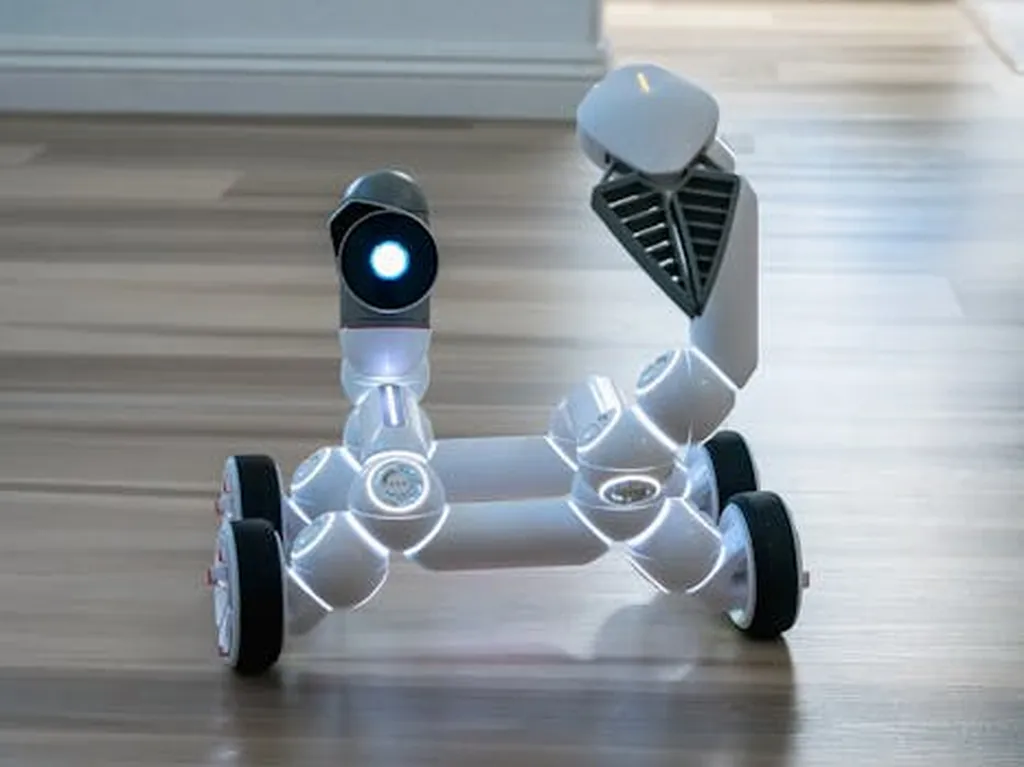In the quest for sustainable and efficient food production, agricultural greenhouses are undergoing a significant transformation, evolving from traditional structures to intelligent, automated systems. A recent review published in the journal *Agriculture* delves into the latest advancements in control strategies and modeling techniques that are revolutionizing greenhouse management. Led by Kangji Li from the School of Electrical and Information Engineering at Jiangsu University, the research highlights how intelligent technologies are addressing long-standing challenges in greenhouse agriculture.
Traditional control methods like PID (Proportional-Integral-Derivative) and fuzzy logic have been the backbone of greenhouse management for years. However, these systems often struggle with adaptability to changing outdoor climates and balancing productivity with cost-effectiveness. The review underscores the emergence of intelligent control and modeling technologies, which are paving the way for more robust and efficient greenhouse systems.
“Intelligent techniques such as adaptive strategies, neural networks, and reinforcement learning are providing new opportunities for the technological update of greenhouse management systems,” Li explains. These advanced methods are enhancing system robustness and control performance, crucial factors for maintaining environmental stability, crop productivity, and energy efficiency.
The integration of intelligent technologies with greenhouse system modeling is another key focus of the review. Different modeling techniques, including mechanism, computational fluid dynamics (CFD), and data-driven models, are evaluated for their accuracy, computational cost, and applicability. Each method has its strengths and weaknesses, but their collective potential to improve greenhouse operations is undeniable.
One of the most promising aspects of this research is its potential commercial impact on the agriculture sector. As greenhouses become more intelligent and automated, farmers can expect higher yields, reduced energy consumption, and lower operational costs. This shift towards intelligentization could also lead to more sustainable farming practices, addressing the growing demand for environmentally friendly food production.
Looking ahead, the review identifies several future challenges and research opportunities. Real-time adaptability, sustainability, and cluster intelligence are highlighted as areas requiring further exploration. As Li notes, “The need for real-time adaptability and sustainability is crucial for the future of greenhouse management systems.”
In conclusion, the research by Li and his team offers a comprehensive overview of the latest advancements in greenhouse control and modeling techniques. By embracing intelligent technologies, the agriculture sector can look forward to more efficient, productive, and sustainable greenhouse operations, ultimately contributing to a more resilient and secure food supply.

